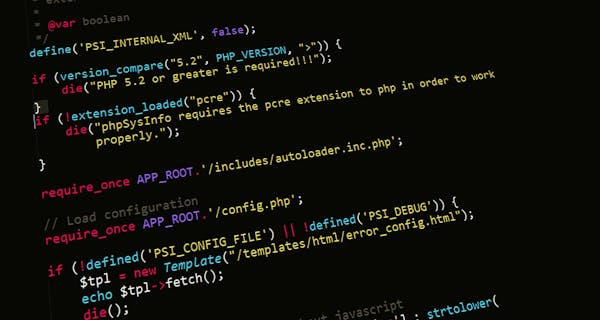In a world where first impressions are often formed online, having a professional headshot is crucial for anyone looking to make a mark—be it on LinkedIn, company websites, or personal branding platforms. Traditional headshot photography can be expensive, time-consuming, and logistically challenging. Enter AI headshot generator: innovative tools that leverage artificial intelligence to create high-quality, customized professional images with remarkable efficiency.
What is an AI Headshot Generator?
AI headshot generators utilize machine learning algorithms to create realistic images of human faces. These tools can generate new headshots based on user input, allowing individuals to specify features such as age, gender, hairstyle, and even background settings. By analyzing thousands of images, the AI learns to replicate various facial features and expressions, resulting in unique and professional-looking headshots tailored to the user’s preferences.
Benefits of Using AI Headshot Generators
- Cost-Effective Solutions: Traditional photography often comes with a hefty price tag, factoring in the photographer’s fees, location costs, and post-production editing. AI headshot generators, on the other hand, typically offer affordable subscription models or one-time payment options. This accessibility democratizes professional imaging, allowing anyone—from job seekers to entrepreneurs—to invest in their online presence without breaking the bank.
- Speed and Convenience: Scheduling a photo shoot can be a logistical nightmare. Coordinating schedules, finding the right location, and going through multiple rounds of edits can take weeks. With an AI headshot generator, users can create stunning images in just a few clicks, receiving their headshots almost instantaneously. This speed is particularly beneficial for individuals who need a professional image quickly—whether for an upcoming job interview or a last-minute networking event.
- Customization and Versatility: AI headshot generators offer an array of customization options. Users can select different hairstyles, clothing styles, backgrounds, and even lighting conditions to match their personal brand. This versatility is invaluable for professionals in various fields, enabling them to project a specific image that aligns with their career goals and target audience.
- Consistency Across Platforms: Maintaining a consistent image across professional platforms is essential for branding. An AI headshot generator allows users to create a uniform look that can be used on LinkedIn, company websites, and other social media channels. This consistency reinforces brand identity and helps build trust with potential employers or clients.
- Iterative Improvements: Many AI headshot generators come equipped with feedback mechanisms that learn from user preferences. Over time, these systems can offer suggestions tailored to individual tastes, helping users refine their images for maximum impact. As AI technology evolves, these generators will likely improve in their ability to produce highly realistic and appealing images.
Potential Limitations and Ethical Considerations
While AI headshot generators present numerous benefits, there are also challenges and ethical considerations to bear in mind. One major concern is the authenticity of the generated images. In a professional context, presenting a headshot that doesn’t accurately reflect one’s appearance can lead to issues of trust and transparency. It’s crucial for users to strike a balance between enhancement and authenticity, ensuring that their online presence accurately represents who they are.
Moreover, the technology underlying AI headshot generation raises questions about representation. If the datasets used to train these generators are not diverse, the generated images may not reflect a broad spectrum of identities and ethnicities. Developers must ensure that their algorithms are trained on inclusive datasets to prevent the reinforcement of stereotypes or the marginalization of certain groups.
The Future of AI Headshot Generation
As AI technology continues to advance, the capabilities of headshot generators will only improve. Future iterations may incorporate features like real-time facial expression changes or the ability to simulate various emotions, allowing users to choose images that convey specific moods or tones.
Additionally, the integration of augmented reality (AR) could enhance the user experience. Imagine being able to see how different styles and backgrounds look on you in real time before finalizing an image. Such advancements could make AI headshot generators even more user-friendly and effective.
In conclusion, AI headshot generators represent a significant leap forward in the way individuals approach professional imaging. By offering cost-effective, quick, and customizable solutions, these tools empower users to take control of their online presence. As technology continues to evolve, it will be exciting to see how these innovations shape professional branding in the digital age.



